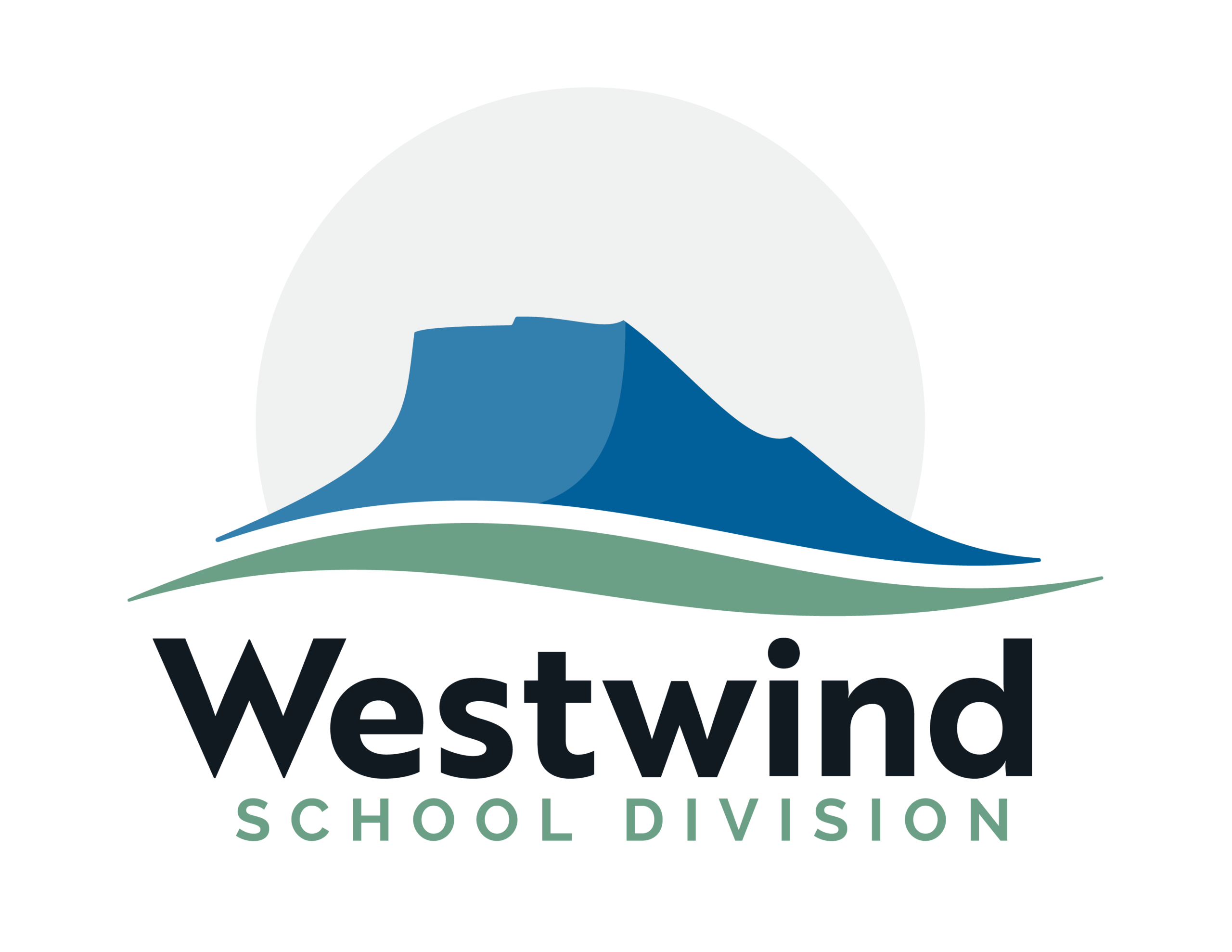Board Policy 12: Appendix A: Superintendent Evaluation Process, Criteria and Timelines
Evaluation Process
- Provides for both accountability and growth, and the strengthening of the relationship between the Board and the Superintendent. The written report will affirm specific accomplishments and will identify growth areas. Some growth goals may address areas requiring improvement while others will identify areas where greater emphasis is required due to changes in the environment.
- Complies with Form 4 and Form 5 of the Superintendent of Schools Regulation. These forms require that the contract between the Board and the Superintendent includes performance evaluation criteria and processes and, at minimum, provision for regular written evaluation of the Superintendent’s performance.
- Highlights the key role of the Superintendent as the Chief Education Officer for the Division to enhance student achievement and success for all children.
- Recognizes that the Superintendent is the Chief Executive Officer. The Superintendent is held accountable for work performed primarily by other senior administrators, e.g., fiscal management.
- Emphasizes the need for and requires the use of evidence for evaluation purposes. Evaluations are most helpful when the evaluator provides concrete evidence of strengths and/or growth areas. The Performance Assessment Guide identifies possible sources of the evidence in advance, while the quality indicators further describe role expectations.
- Meets contractual requirements in that the Superintendent and Board came to a mutual agreement relative to the comprehensive evaluation process to be followed.
- Is aligned with and based upon the Superintendent’s roles and responsibilities. The evaluation document is consistent with Board policy.
- Is linked to the Division’s goals. The Strategic Planning and Reporting section directly links the Superintendent’s performance to the three-year planning process, which includes the Division’s goals.
- Sets out standards of performance. The quality indicators in the Performance Assessment Guide set out initial standards. When growth goals are identified, additional standards will need to be set to provide clarity of expectations and a means of assessing performance.
- Is also a performance-based assessment system. Such an evaluation focuses on improvement over time. The second and subsequent evaluations take into consideration the previous evaluation, and an assessment of the Superintendent’s success in addressing identified growth areas.
- Uses multiple data sources. Objective data such as audit reports, Alberta Education monitoring reports, and student achievement data are augmented with subjective data provided in surveys.
- Elicits evidence to support subjective assessments. This must be the case when the Board provides feedback regarding Board agendas, committee and Board meetings, etc.
- Ensures Board feedback is provided regularly. Such feedback will be timely, provided quarterly, supported by specific examples, and will focus on areas over which the Superintendent has authority.
- The Superintendent may request an evaluation from an external facilitator.
Evaluation Criteria
The criteria for the first evaluation will be those set out in Appendix B, the Performance Assessment Guide. In subsequent evaluations, the criteria will be those defined by the Performance Assessment Guide as listed or revised after each evaluation, plus any growth goals provided by the Board in previous written evaluation report(s). Such growth goals may be areas requiring remediation or actions which must be taken to address trends, issues, or external realities. The Role Expectation “Leadership Practices” will be included in the first and fourth evaluations and/or as mutually agreed. An external consultant will collect data relative to leadership practices by interviewing all principals and all “direct reports”. “Direct reports” are defined to be those individuals who report directly to the Superintendent on the Division’s organizational chart.
Appendix B is the Performance Assessment Guide, which is intended to clarify for the Superintendent performance expectations held by the corporate Board. This guide is also intended to be used by the Board to evaluate the performance of the Superintendent in regard to each role expectation. The Board will review the indicated evidence and will determine whether, or to what extent, the quality indicators have been achieved.
The Superintendent will provide evidence materials to individual trustees and to the internal or external facilitator (if in use) approximately one (1) week prior to the evaluation session. The purpose of the evidence information is to provide proof that the quality indicators identified in Appendix B have been achieved. Therefore evidence will be organized under each quality indicator.
A working template will be provided by the facilitator (if appointed) for use at the evaluation session. The Board and the Superintendent will be present. The Superintendent will be invited to ensure the Board has full information and may choose to enter into discussion to ensure the evidence provided has been understood. The Superintendent may leave the room when the Board develops the growth goals/areas for emphasis and the conclusion section. The evaluation report will be composed during the evaluation session and will reflect the corporate Board position. The evaluation report as developed will be signed off by the Board Chair on behalf of the Board.
Timelines for Evaluations
Evaluations will be conducted annually, within the school year parameters, with the report delivered to the Superintendent by August 31 of each year.
Legal Reference:
Section 8, 33, 35.1, 51, 52, 222, 224 Education Act
Freedom of Information and Protection of Privacy Act
Trust and Reconciliation Commission Calls To Action
Superintendent Leadership Quality Standard
Board Policy 12 Appendix B: Superintendent Performance Assessment Guide
Approved: August 21, 2018
Reviewed: February 13, 2020
Last Updated: July 12, 2021




